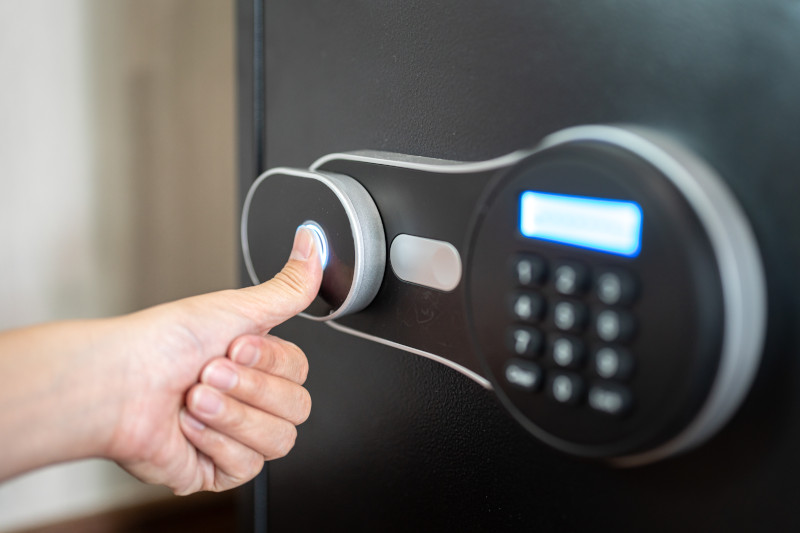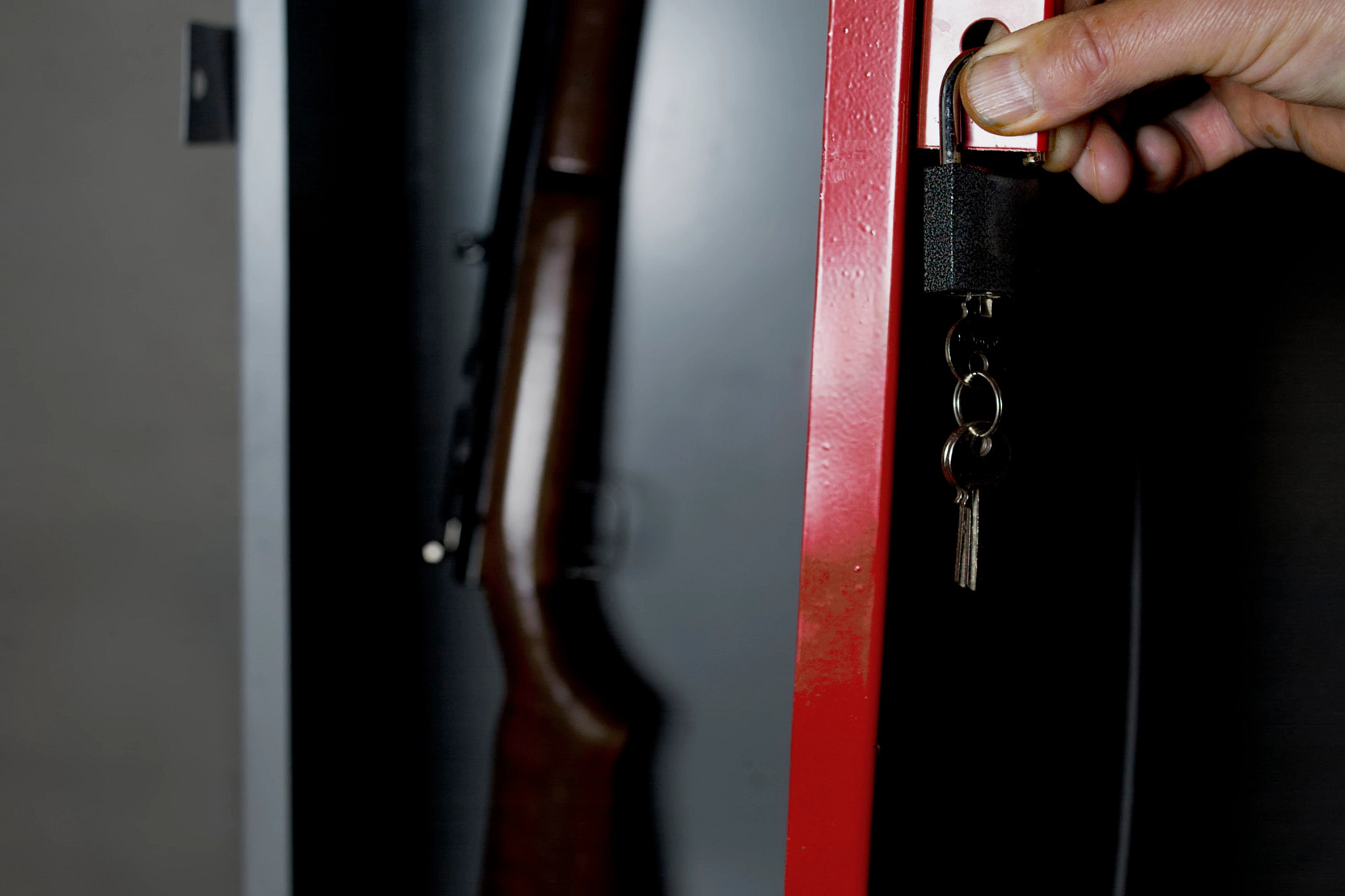Safe storage practices of firearms in school buildings

As the potential for intruder incidents remains a concern for schools, it’s important that educational institutions continually evolve response strategies for protecting students and staff members. In many cases, schools are considering long firearm storage options for their School Police Officers (SPOs) or School Resource Officers (SROs). The ability for trained and credentialed security personnel to quickly respond to incidents is prompting questions on secure storage and access to weapons and tactical response gear within school buildings.
Here, CM Regent risk control offers several key components and industry accepted practices to enable armed security personnel access to weapons to respond to a security threat while restricting access by non-authorized building occupants.
- The necessary policies implemented, and insurance coverage verified. The school’s board of directors and legal counsel should develop a written policy involving roles/responsibilities of SPOs/SROs and determine which weapons and equipment are acceptable for use by each school security personnel in responding to an intruder event.
- If school security personnel are not school employees. A Memorandum of Understanding (MOU) with the law enforcement agency/independent security contractor should be implemented after review by the school’s legal counsel to outline their roles, intentions and objectives.
- Certificates of Insurance (COI) should be obtained from any security personnel who are not school staff members – consult your licensed insurance broker and carrier to ensure policy coverage or exclusions.
- Armed security personnel should maintain the necessary qualifications, certifications and training. All armed security personnel should maintain municipal police officer certification or equivalent state or federal law enforcement accreditation certification.
- Ongoing tactical based training should be required for any armed security personnel with any supplemental training required for each type of weapon noted in the school’s written policy.
- Range time or practice throughout the year to remain proficient on each available weapon should also be required.
- The weapon safe and storage area should be specific to the intended purpose.
- Safes should be constructed specifically for weapon storage; ammunition should be stored in a separate safe from weapons.
- Safes should require biometric access such as fingerprints, facial recognition or iris scans to restrict access by unauthorized personnel.
- The safes should be bolted to the floor and located in a room that can only be accessed by authorized school security personnel.
- Safes should not be in rooms that have windows or outside exits, the access door should be solid wood or metal and equipped with hinge pins that can’t be removed from outside the storage area.
- Any room containing weapon storage safes should be equipped with cylinder type door locks with locking bars that can’t be pushed back with a thin instrument such as a blade or plastic card.
- A sole individual such as a police chief or armed security agency supervisor should be responsible to inspect, verify and inventory all weapons/ammunition in accordance with the adopted written policy.
- Weapons should not be stored in any vehicle or otherwise unattended/inadequately secured, even on a temporary basis. The school’s written policy should identify and outline conditions and specific protocols that would require weapon transportation, such as training, emergencies or other routine transport needs.
- Restrict access to weapon storage areas. Prohibit unauthorized access to any areas designated for the secure storage of weapons/ammunition; these areas should only be accessible by school security personnel who possess the necessary training/certifications.
- Access to weapon and ammunition storage areas should not be keyed and accessible using a building master key. These areas should not be accessible by outside organizations or internal staff.
While access to firearms stored within school buildings may expedite security personnel’s response to security threat incidents; secure storage practices, protocols and controls are necessary to restrict access to unauthorized personnel who do not possess the necessary training and credentials.
Check out these resources for more safety and security best practices.




